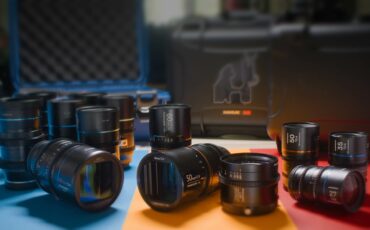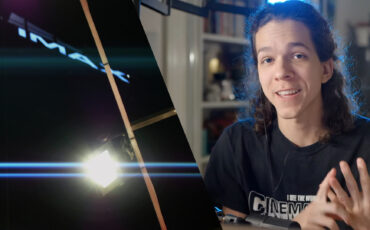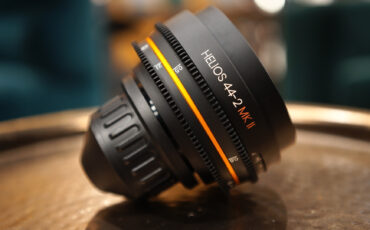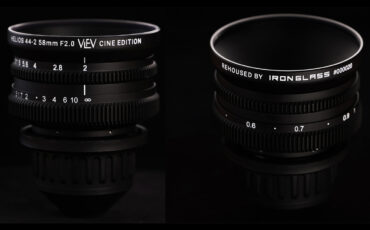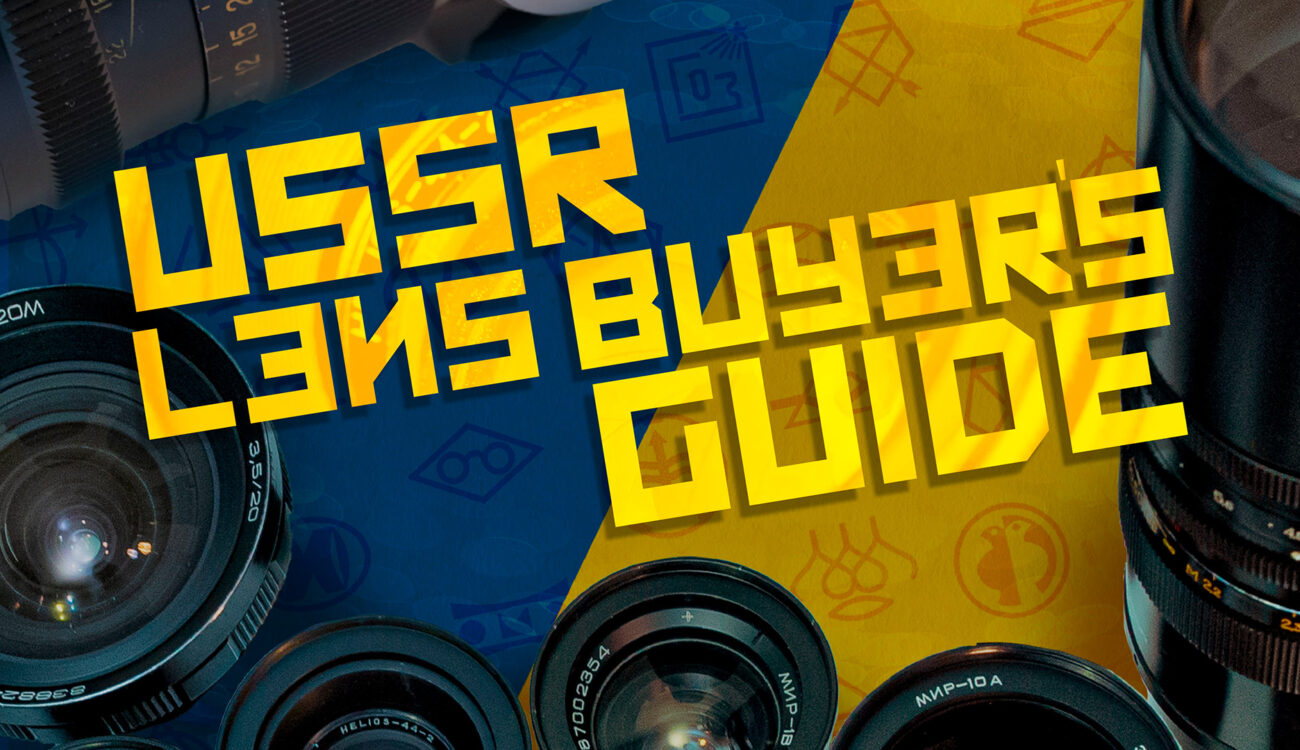
As you may or may not know, Tito Ferradans is a tireless lens enthusiast and the author of the Anamorphic Cookbook Course on MZed. He recently wrote a starter guide on how to pick up a vintage lens from the Soviet era, condensing almost a decade of hard-earned knowledge into an easily accessible resource. So without further ado, let’s give him the floor. Guest Post by Tito Ferradans.
We can all agree vintage lenses have something special about them. Be it the fact that they’re no longer made, what age has done to the glass, or how optics were calculated back in the day. Either way, the results are unique. The train has left the station!
Big-time cinematographers choose exquisite and unorthodox optics for their Hollywood projects – Greg Fraiser in Batman, or Zack Snyder’s Army of the Dead. Rehousing companies drain the market of rare lenses and drive the prices up by revamping the simplistic mechanics these lenses originally featured, compared to the sturdiness and standards required to survive a film set.

Why do I want soviet glass?
A lot has been said about Canon FD, Leica R, Nikon AI, and so on… But outside of these more popular options, one lens stands above them all: the Helios 44. Besides being the #1 recommended vintage lens for folks starting out in the all-manual world, the Helios 44 doesn’t belong to any of the more popular and established brands.
Writing 201
The Helios 44 is a Soviet lens, and I could almost say most people end their exploration of Soviet optics right there. And that’s a big loss. Soviets were a massive technological hub back in the day, competing head-to-head with the US, and developing several award-winning optical designs and lenses. How do they remain so cheap to this day, when every other brand of vintage glass has shot up in price?
Soviet lenses have a very strong personality. You can easily tell that from the Helios 44. And unlike a lot of other brands, where you can adapt the lens to your style, I’d say here you have to adapt your style to the lenses. It sounds like a bad thing at first, but then, dealing with limitations is one of the best ways to push your creativity and inspire new ideas, isn’t it?

The Look
If you have a quarrel with the latest and greatest top-performing autofocus lenses on the market if you find Zeiss optics too sharp, or Samyang too clean, or even the Canon L series a little boring, then you probably already started going down the vintage lenses rabbit hole. What’s most appealing to me about Soviet glass is how you can get wildly different copies of the same lens – to this day, I still have three different Helios 44 that I use for different visual styles.

That they are so affordable allows for great experimentation. You can pick up several lenses for a couple of hundred dollars and find the ones you like the most. You can work out which ones pair together well. I’m a sucker for how easily they flare, and how the flares look. My ultimate set has matching blue coatings and gives the images a uniquely warm tone.
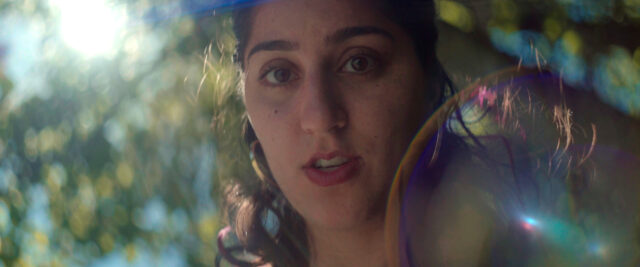
Performance wide open is a very personal discussion, and while you can get pretty clean copies, there are lots of guides and info on how to avoid the lemons! Still, a lemon might be exactly what you want if you’re looking for some optical imperfection that no one can replicate in post!
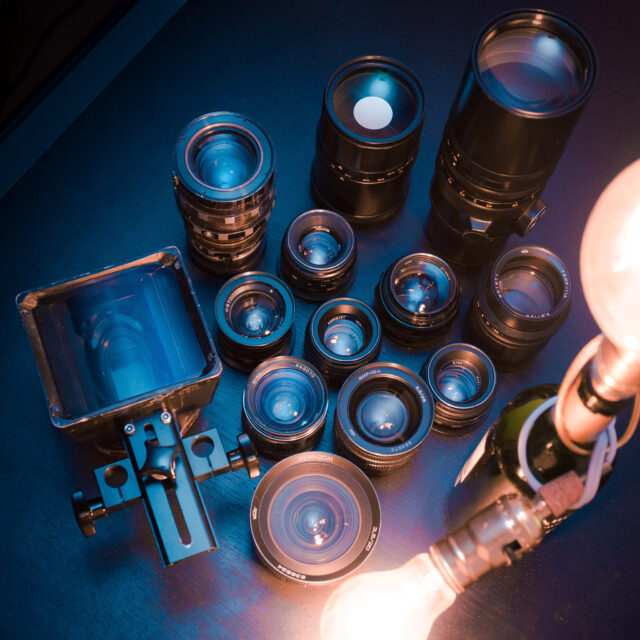
How it began
About ten years ago I got into vintage Soviet optics. It was an offshoot of my research with anamorphic lenses. Since then, I’ve had more than a hundred Helios 44 lenses and every other focal length coming from the Soviet Union.
This experimentation journey was incredibly nurturing for my understanding of vintage lenses and figuring out what worked for my style and what didn’t. I fell in love with the low contrast, easy flares, and versatility of the M42 mount. Sure, these lenses come in many other mounts, but M42 was my top pick because it can be easily adapted to EF and most of the time covers full-frame cameras, as they were designed for 35mm film cameras.
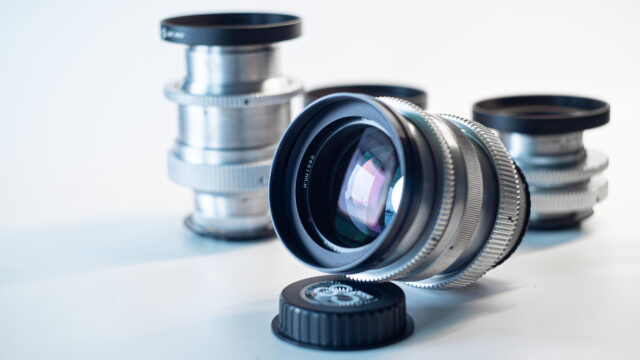
In that process, I worked out how to disassemble half a dozen of these lenses, including the most popular ones, such as the unavoidable Helios 44, alongside the Mir 1 and Jupiter 9. And, just like my anamorphic research, during my progress, I learned that a lot of the information and stories about vintage Soviet lenses are scattered all over the place, hard to track down, and tucked away in long-forgotten forums. That was all the challenge I needed.
Making it accessible
After collecting piles and piles of information to go with the piles and piles of lenses, I decided to compile all of that into an approachable – and affordable! – guide detailing good options, discussing some myths and hard-found truths about these lenses. Among the team of reviewers and sources, I could count on Roman B. from the YouTube channel and eBay store RetroFotoHouse, as well as Ilya Volkov, Soviet lens master from Moscow Optical Workshop.
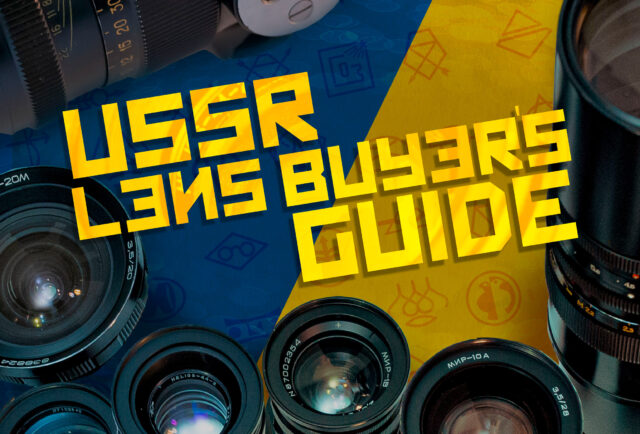
The guide focuses on M42 lenses as you can use them on almost any camera, and helps you identify the lenses you like as well as providing an easy way to acquire them. You will come to understand Soviet lens naming conventions, learn online myths about them, and, read about extremely rare optics – such as the Mir 46, a 35mm f/1.4 for which only a few copies were ever produced!
If you want to check the first few pages, you can do that here, and you can also use the code CINED on checkout for a 30% discount!
Have you ever shot on vintage Soviet glass? What is your favorite rare lens design? Let us know your thoughts in the comment section below!



